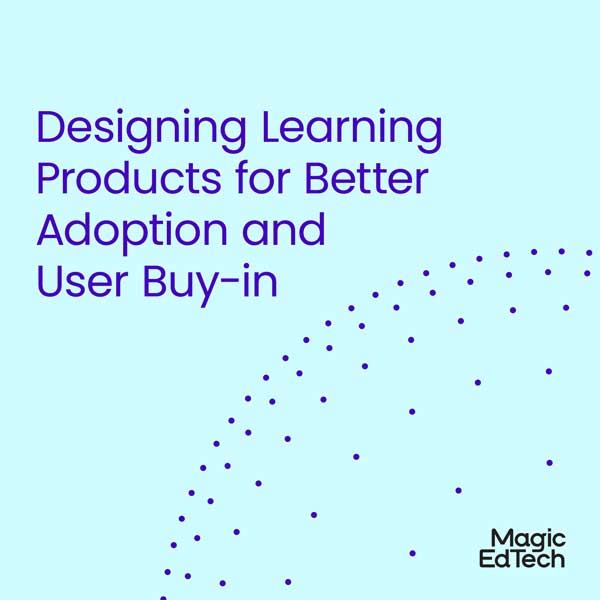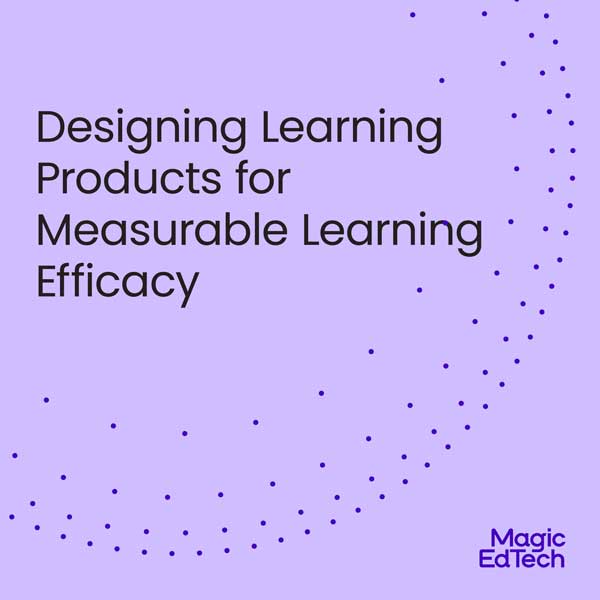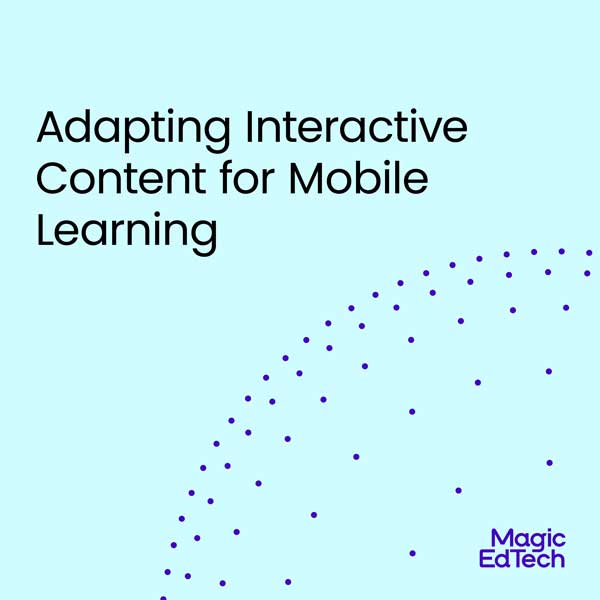EdTech Integration: The Next Big Shift in Education
- 28 November, 2022
- Reading Time: 5 minutes, 30 seconds
Integrations are vital to the success of edtech products that are looking to break into new markets. In fact, by not enabling edtech integration, companies in the education space are putting themselves at risk.
To start, integrating apps or educational products can give you an upper edge in a highly competitive market. By making your product flexible, you open up the possibility of collaborating with other systems that can improve the overall experience for your end-users.
How Can You Use Edtech Integrations to Your Advantage?

Here are some innovative use cases for edtech integration services and how you can navigate these with minimal effort.
1. Elevate User Experiences
Product adoption is hard enough to achieve. Users are much more likely to accept your products if they have an easy login process. One of the areas where Integration can make a difference is through Single Sign-On (SSO). This lets learners and teachers use an existing school account or google credentials to gain access to your platforms – making it simpler to work with multiple tools. Schools, colleges, and learners typically use a host of learning products to achieve their learning objectives.
By basing your learning app on flexible architecture, you’re essentially making it easier for the learner to combine these platforms into one fruitful learning experience. Integration helps you achieve this by letting tools under an ecosystem work cohesively.
2. Enhance Learner Analytics and Insights
Imagine a scenario where a host of edtech tools work in unison to enable learning. It sets the stage for a lot of learner data points that can be woven together to gather meaningful insights. But say, there’s an app that works as a standalone learning platform. The data generated by this app would leave a gap in the story – misleading the narrative.
Learning tools must be integrated so that they produce quality information on what’s working and what’s not. This ties back into the feedback loop which is essential to learning efficacy. If EdTech platforms and products work in step, it can provide the evidence that is crucial to their success.
3. Be Ready for Buying Cycles
Education technology is a fairly competitive market. Most players work on their products for years, involving multiple collaborators like SMEs, teachers, school leaders, etc. Sales cycles are seasonal and typically very long, so most companies opt for an impactful go-to-market strategy, and that is where integration comes into play. Most products are unfinished or missing a component or two by the time the Back to School season hits or State Adoptions are announced.
With integration, it’s possible to plug in an existing product that offers the features you need. For example, assessment plug-ins. Our team sees a flurry of activity around BTS, where a lot of edtech companies integrate widgets and features from pre-existing platforms to increase their offerings and meet their immediate goals. This is just another example of how having flexible product architecture in place can get your products chosen by a school or university over the competition.
Through integrations, you improve your LMS functionality and make both your data and the system more valuable. With more integration, your LMS will cover a broader range of functions. This gives you more time to focus on the learning content, the overall experience, and your learners’ performance.
When systems and platforms aren’t flexible, it poses long-term risks to the organization, opportunities will be lost and in the future, your organization will be overlooked.
What to Consider When Contemplating Integrations

When thinking about integrations you should keep in mind that those with great content need better systems, and those with great technology need more content.
Integrations offer a perfect bridge between content providers, tech platforms, and learner data. This opportunity is beneficial to all involved and can help each party improve its go-to-market strategy. Look for potential synergies between your app and other platforms in the education space.
Integration should simplify the adoption of products and services by making all the apps speak the same language, therefore, leading to seamless and time-efficient adoption. As a whole, integrations and partnered systems will save staff and engineers time updating countless systems that typically house the same information across tools.
Data security is also a vital aspect when considering integrations with other apps. Especially in K12 environments where data is sensitive and highly confidential. It is imperative to have secure integration between all of your tools so everything stays safe while transferring data and admitting access to student files.
What’s Critical to a Successful Edtech Integration?

An edtech integration can be categorized as successful only when the ultimate user experience is flawless. This includes the branding and white labeling of tools that will work together so that there isn’t any patchiness in the flow.
For seamless integration, authentication should happen via an established identity provider – be it SAML 2.0, Open ID or OAuth 2.0. Single Sign On (SSO) means that users will be able to access multiple systems, including your LMS with one username and password. Compliance with industry standards such as LTI, framed and developed by 1EdTech, can make it easier to enable smooth integrations. Some examples of edtech integrations we typically see are:
- Educational content providers like publishers who seek to integrate with an existing Learning Management System (LMS) for the smooth distribution of their products.
- EdTech apps that cater to large institutions like schools or universities, reach out to us for rostering services so that the SISs (student info systems) can automatically be added to and updated within their platform.
When it comes to integrations there are some common snags, but these can easily be avoided by partnering with the right vendor.
It’s important to find a partner who understands all of the nuances involved with integrations and LTI standards. Your partner should ensure that the integrations are done well before the sales cycles begin so that it increases your chances of winning RFPs.
Who’s the Right Edtech Integration Vendor for You?

When choosing a vendor a few things to look out for is a dedicated team of data scientists, with experience using various data visualization and analytics tools. This is because they will typically be managing many TBs of data every day.
Your integration service provider should also be well aware of buying cycles and the seasonal timing of schools and universities and should be able to offer you some consulting in this area.
Integrations are an essential part of staying relevant within the EdTech market. Integrations have many benefits like time efficiency, data security, and better insights. To learn more information about integrations and how they can improve your organization and product, visit https://www.magicedtech.com/solve/




